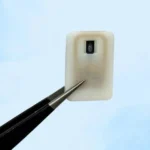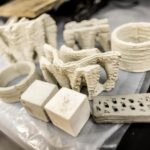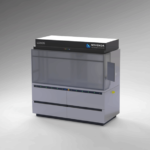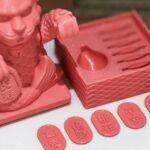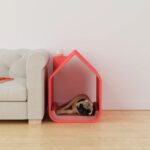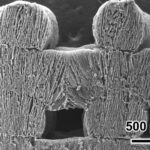Researchers at Purdue University are studying the unique architectural patterns of Australian stingless bee honeycombs for potential applications in additive manufacturing. Unlike traditional vertical honeycomb structures, these bees construct their homes in a spiral pattern with disc-shaped foundations that ramp upward, primarily using a mixture of wax and tree resin.
The research team, led by Nikhilesh Chawla, Purdue’s Ransburg Professor in Materials Engineering, has identified specialized vertical pillars that provide structural support between the honeycomb discs. These supports are strategically placed to allow bees access for repairs while maintaining the structure’s integrity.

The team is utilizing 4D imaging technology to study the honeycombs’ microstructure without causing damage. This sophisticated three-dimensional X-ray microscopy technique, combined with time-lapse capabilities, provides detailed insights into the hive’s construction and maintenance patterns.
Graduate student Nicole Balog’s research focuses on the material composition of these structures. Unlike U.S. honeycomb varieties that use pure wax, Australian stingless bees incorporate tree resin into their building materials. The research team is investigating how environmental factors and seasonal changes might influence the ratio of materials used in construction.
This study builds upon Chawla’s 2022 research on U.S. honeycomb structures, which revealed porous connections between cells similar to Swiss cheese. The current project involves collaboration with Brock Harpur from the Purdue Bee Lab and Ros Gloag from the University of Sydney, combining expertise in materials science and entomology.
Source: purdue.edu



